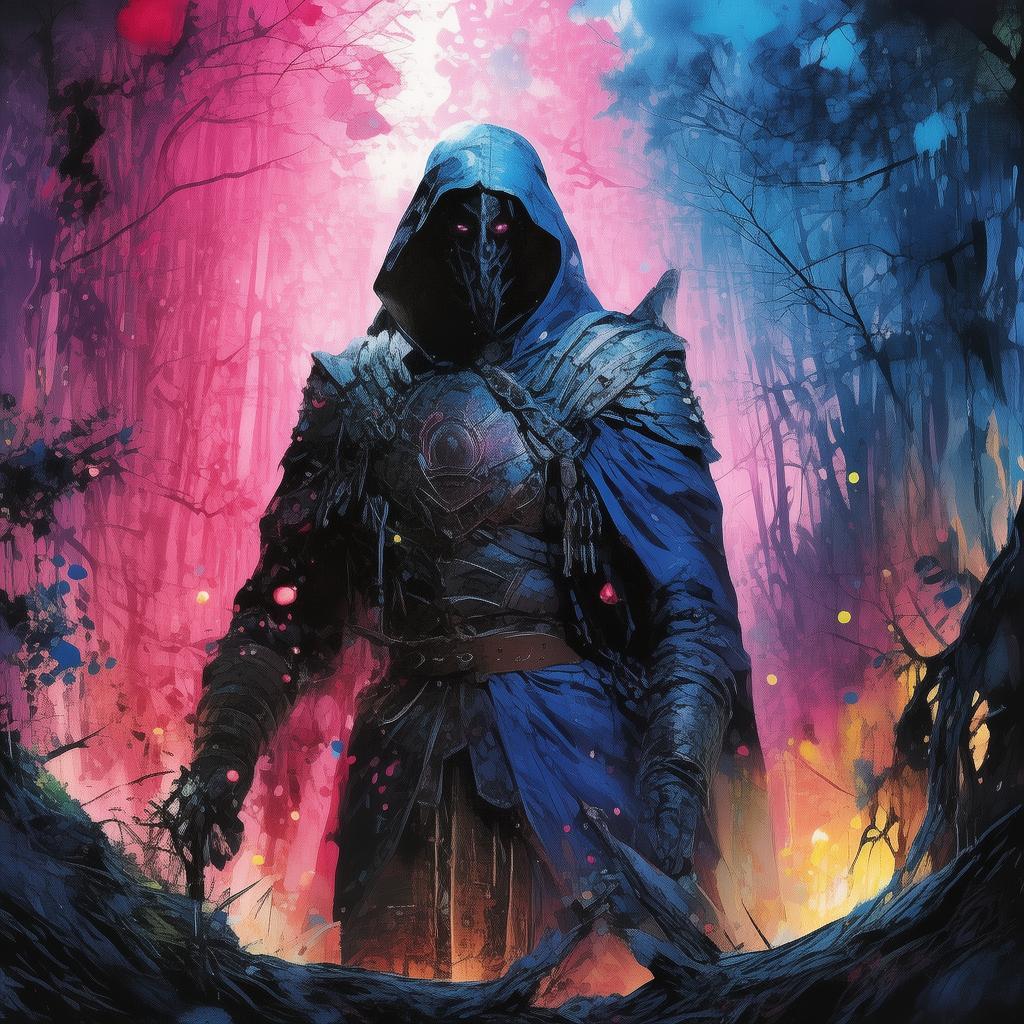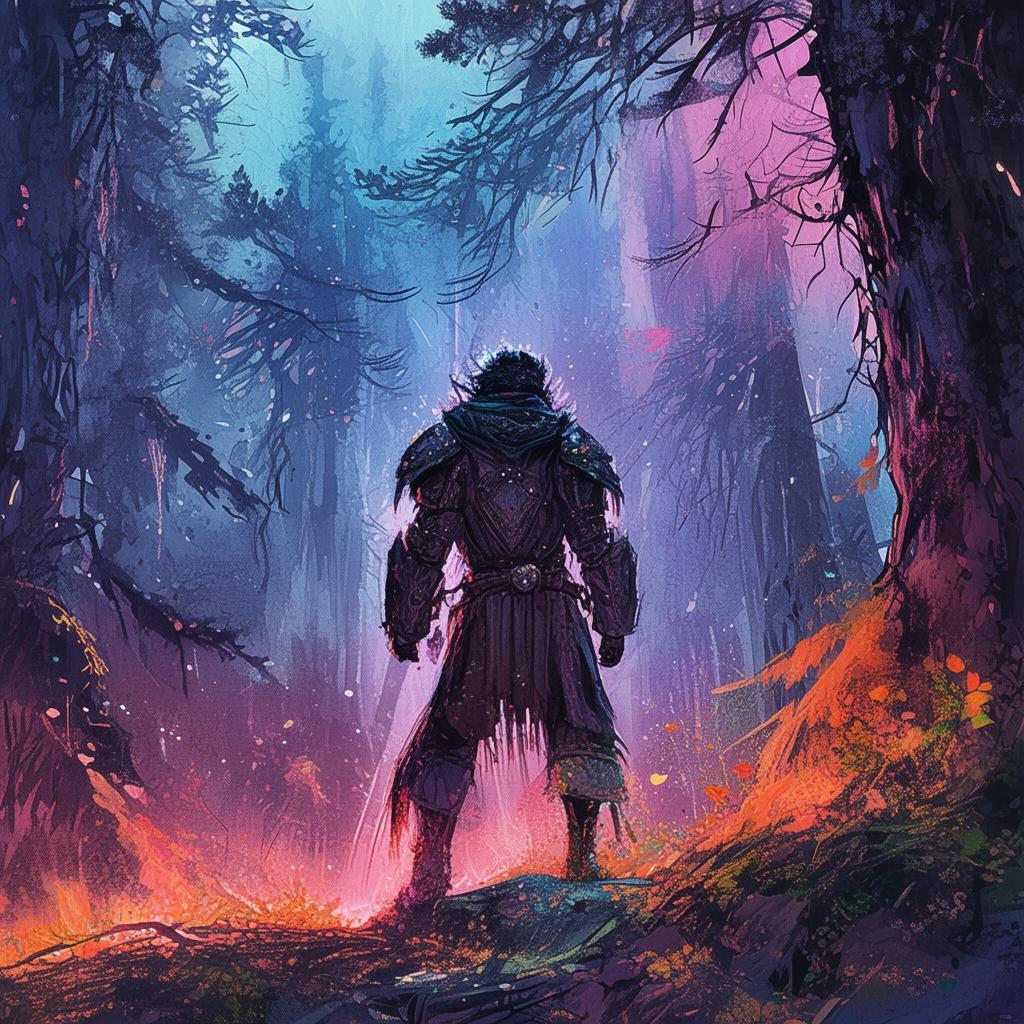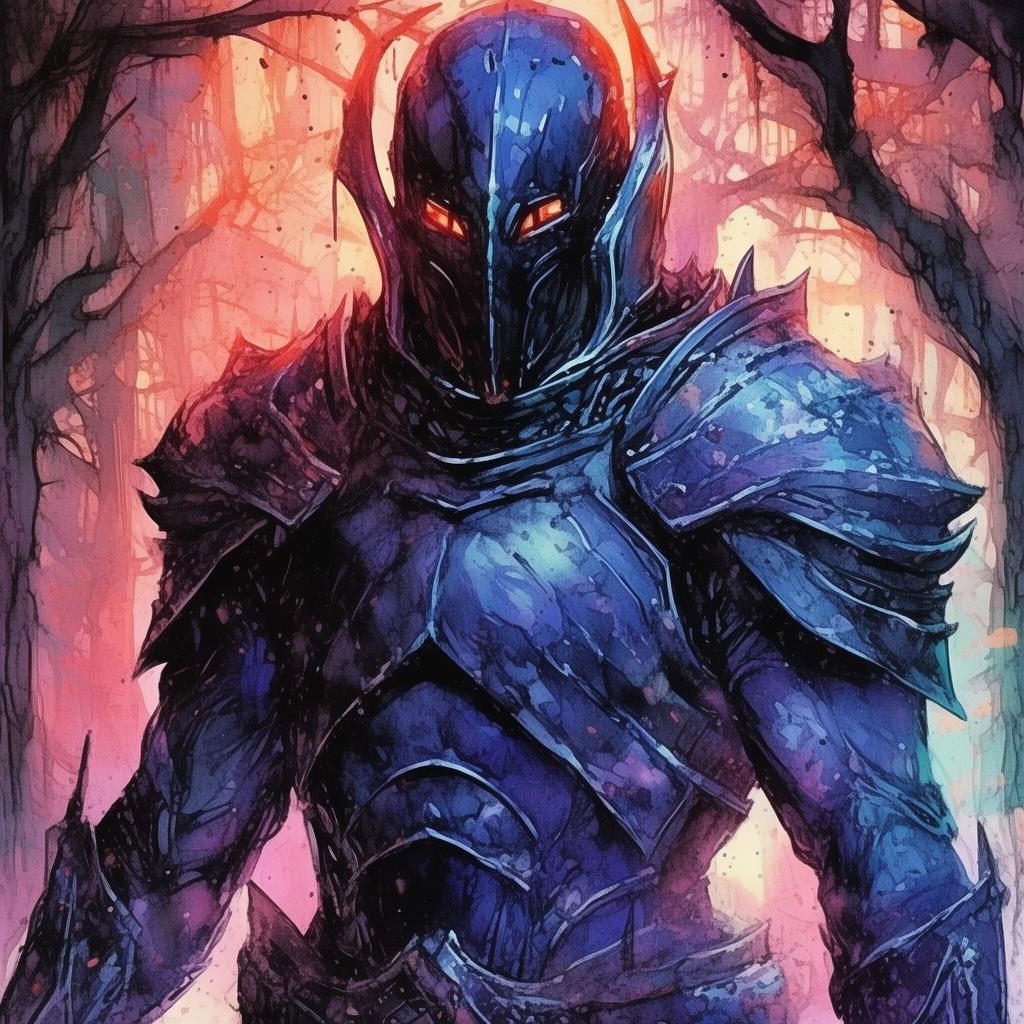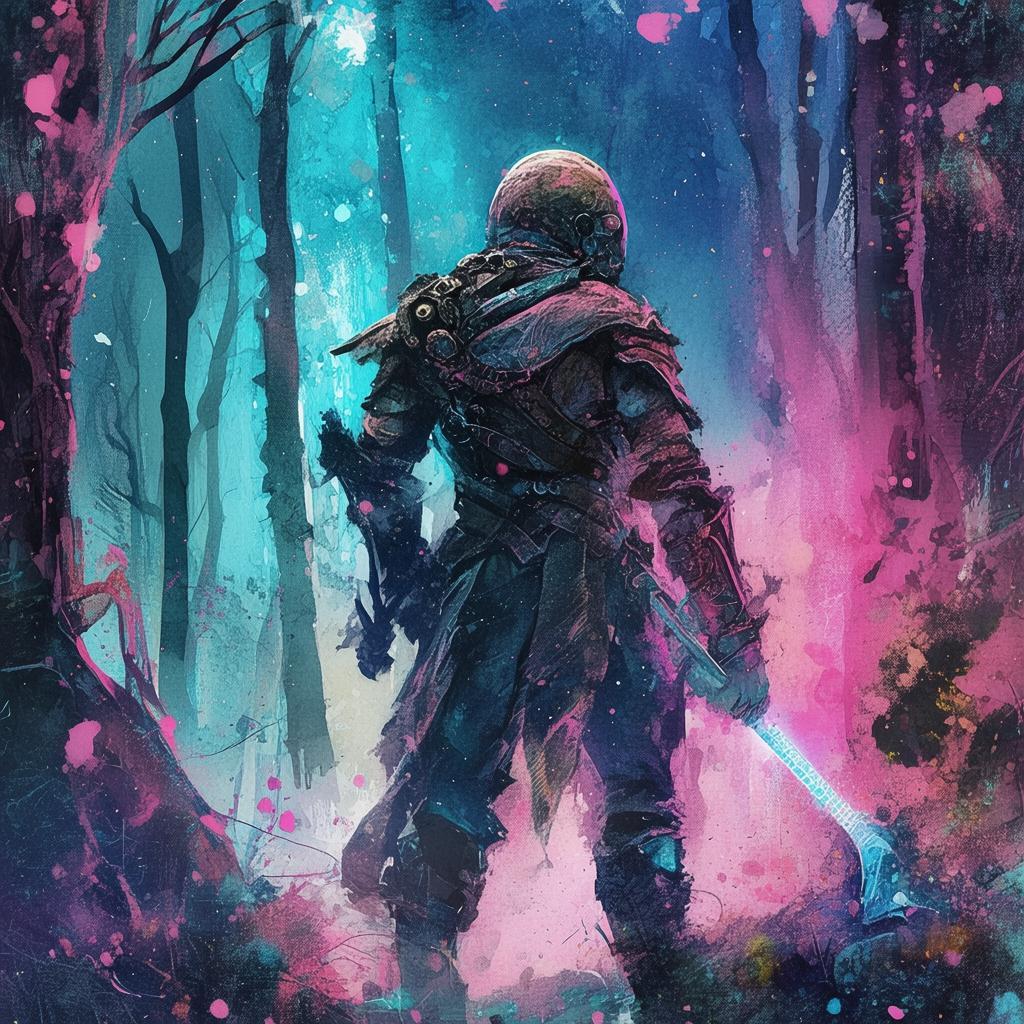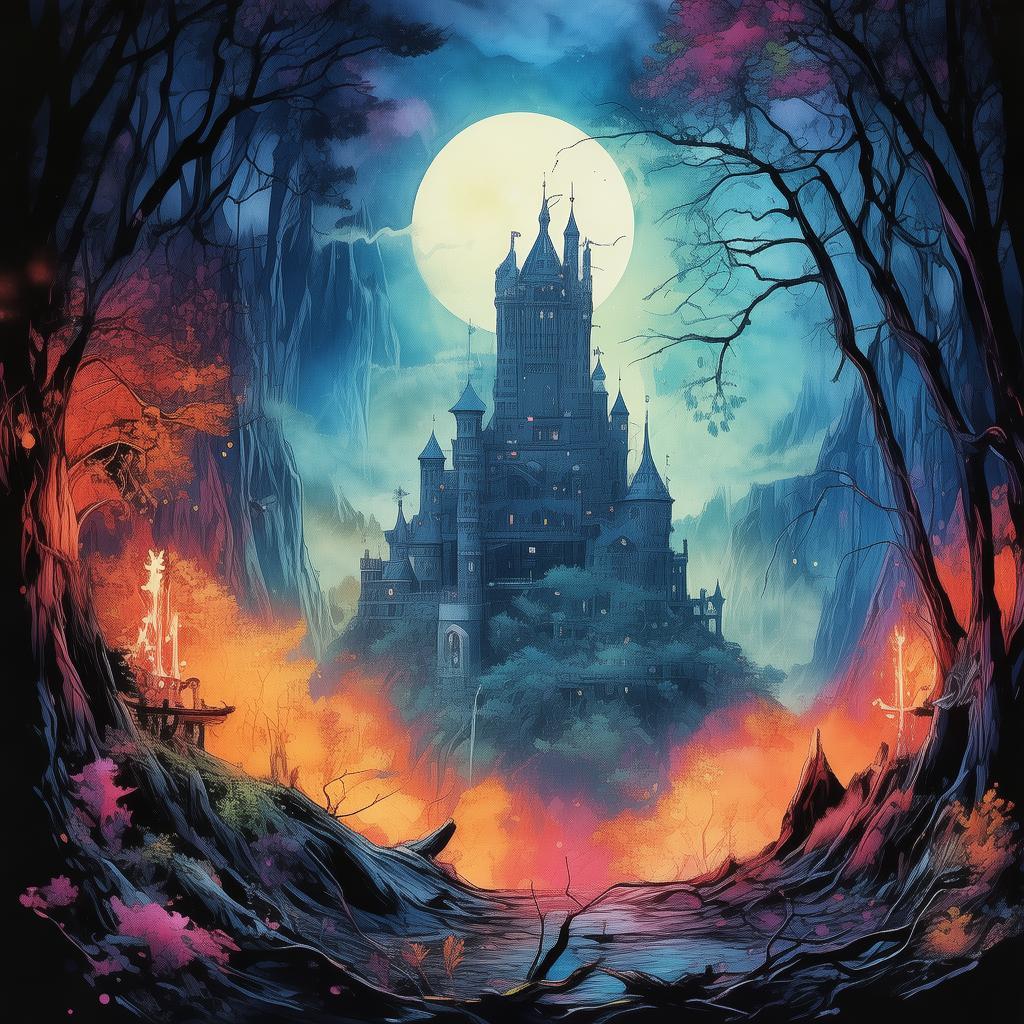The Rascal's Quest for Redemption
In the heart of Shanxi, where the soil was as rich as the legends that grew with the mountains, there was a boy named Ming. He was no ordinary child, for Ming was a rascal, a Shanxi rascal. He roamed the alleys and backstreets of Taiyuan, the city's beating heart, with a smile as wide as the open skies and a step as light as the wind. His laughter rang out like the clarion call of a freedom fighter, and his pranks echoed through the city as if he were the pied piper of the streets.
Ming was known for his rags, the tattered garments that clung to his slight frame, and for his rap, the songs that he would croon to the moon and the stars, tales of the adventures that he never dared to live. His raps were like the whispers of the wind, carrying stories of love, loss, and the unquenchable thirst for a life beyond the city's confines.
It was during one of his nightly performances in the shadow of the Great Wall of Taiyuan that Ming first felt the stirrings of a change. The crowd was captivated by his words, and in that moment, he realized the power of his rap, the power to change lives, even if just for a fleeting second. The city's people needed something to believe in, something to inspire them to rise above their circumstances.
As Ming's reputation grew, so too did the whispers of change. He began to incorporate messages of hope, of struggle, and of the human spirit into his rap. He spoke of the rags that clung to him not as a burden but as a reminder of where he came from, and how far he could go with the right mindset.
One night, as Ming stood on a makeshift stage in front of a crowd of hundreds, he felt a sense of purpose that had been missing in his life. He shared a story, a tale of a young man who, despite his humble beginnings, found the strength within himself to overcome adversity. The crowd was silent, listening intently, their hearts pounding in rhythm with Ming's words.
The story was about a Shanxi rascal named Hua, who was just like Ming in every way. Hua had spent his days in the shadow of the Great Wall, dreaming of a life beyond the city's oppressive grip. But it was through the power of his rap, the rhythm that spoke to the soul, that Hua found the strength to change his life.
Ming's rap was a call to arms, a declaration that no matter where you came from, you could shape your own destiny. It was a message that resonated with the people of Shanxi, a place where the mountains whispered tales of the rascals who had once roamed the same lands.
Word of Ming's rap spread like wildfire. It was not just the city of Taiyuan that listened; soon, the stories of Hua and Ming reached the ears of the wealthy and the powerful. The elite of Shanxi took notice, intrigued by the rascal who dared to speak truth to power through his rap.
Ming was invited to the grandest of homes, where he performed for the nobility and the merchants, his words striking a chord with those who had long forgotten what it meant to dream. The rascal who once wore rags was now the center of attention, his rap a symbol of hope and resilience.
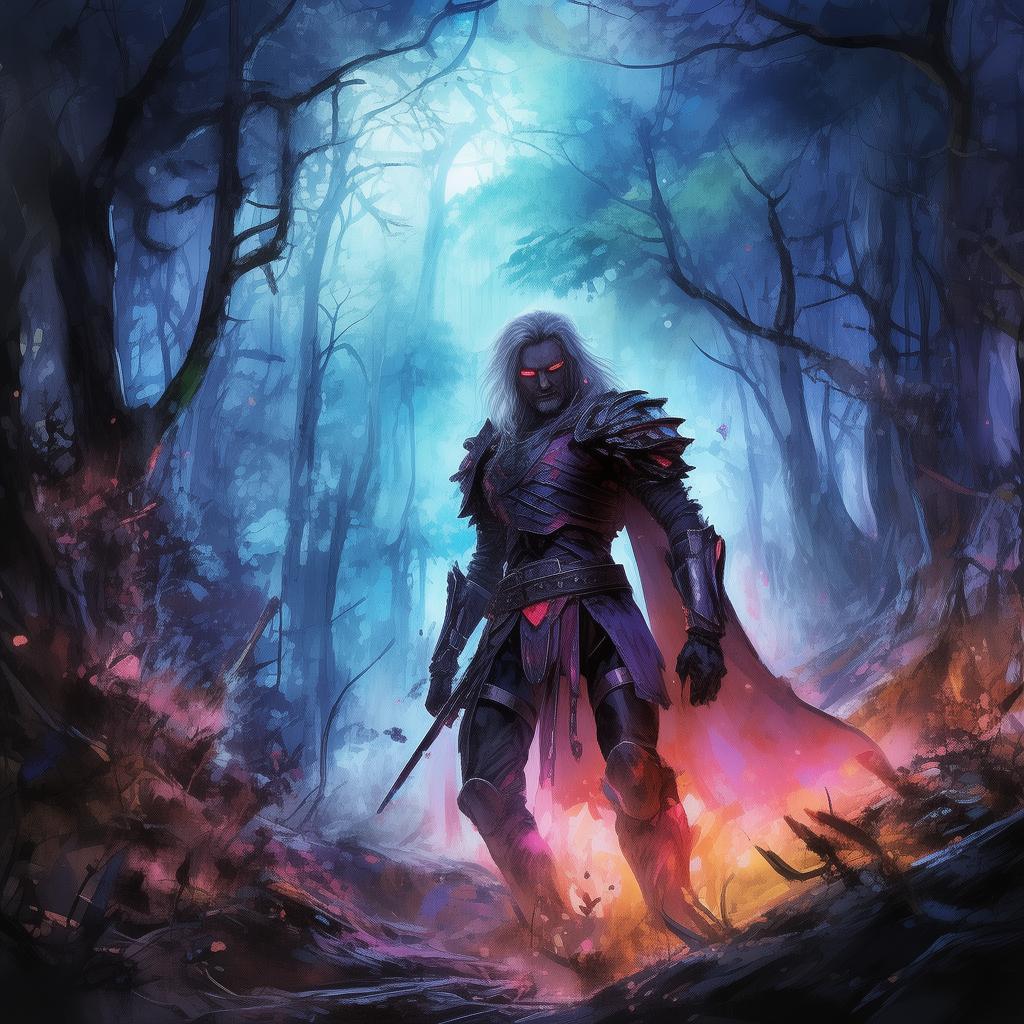
But Ming was not one to be swayed by the glitz and glamour of his newfound fame. He knew that true power lay in the hearts of the people, in their dreams and aspirations. He continued to tour the province, performing in small villages and remote hamlets, his message of hope echoing in the mountains and valleys of Shanxi.
One day, as Ming stood on the edge of a cliff overlooking the Great Wall, he felt the weight of his mission. He had seen the transformation in the eyes of the people, the spark of possibility that had ignited in their hearts. But he knew that the journey was far from over. He had to continue to fight for the underdog, to be the voice for those who had no voice.
Ming began to weave his rap with a new purpose, a purpose of unity and community. He spoke of the bonds that held the province together, the strength that came from working together, and the power of the people's spirit. His raps became a call to action, a reminder that together, they could move mountains.
As Ming's rap grew more profound, the people of Shanxi found solace in his words. They saw the rascal who once wore rags as a beacon of hope, a symbol of the possibility of redemption. And with each performance, Ming's reputation grew, not just as a rap artist, but as a leader, a voice for the voiceless.
One evening, as Ming performed in the heart of Taiyuan, the city's elite gathered to see the rascal who had become a legend. Ming took the stage, his eyes scanning the crowd, his heart filled with gratitude. He began his rap, not with tales of himself, but with stories of the people who had supported him, who had believed in the power of his message.
As Ming's voice carried across the crowd, the people of Shanxi found their voice once more. They stood together, united by the rhythm of Ming's rap, their spirits soaring as one. In that moment, Ming knew that he had achieved his redemption, not through the wealth and power of the elite, but through the hearts and minds of the people he had touched.
And so, Ming's rap became more than just a song; it became a movement, a force for change that would echo through the ages. The Shanxi rascal who once wore rags had found his true calling, and in the hearts of the people, he would forever be remembered as the Rascal of Redemption.
✨ Original Statement ✨
All articles published on this website (including but not limited to text, images, videos, and other content) are original or authorized for reposting and are protected by relevant laws. Without the explicit written permission of this website, no individual or organization may copy, modify, repost, or use the content for commercial purposes.
If you need to quote or cooperate, please contact this site for authorization. We reserve the right to pursue legal responsibility for any unauthorized use.
Hereby declared.
